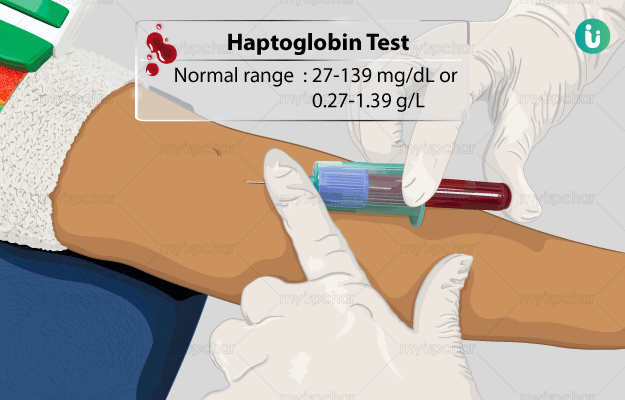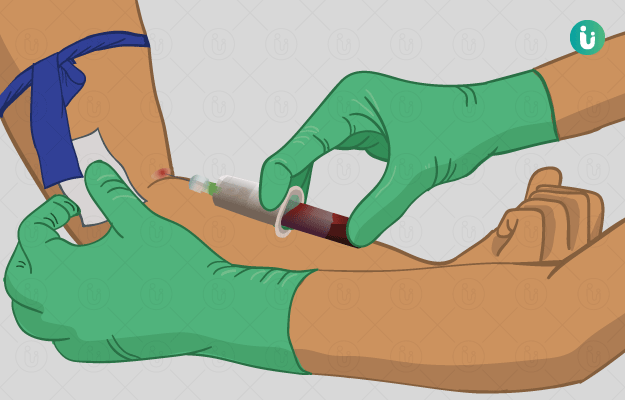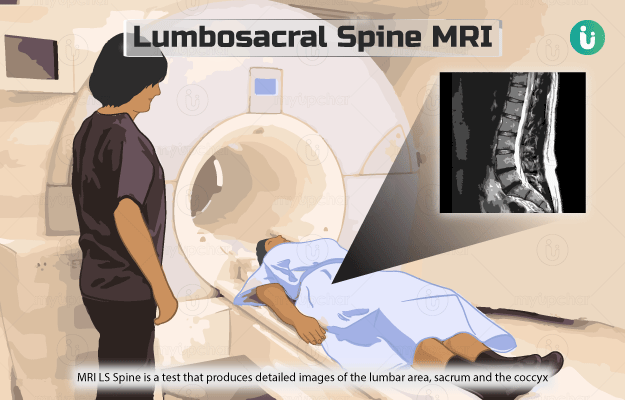What is Haptoglobin test?
This test determines the level of haptoglobin (a type of protein produced by the liver) circulating in your bloodstream. It is mostly done to diagnose hemolytic anaemia, a condition characterised by destruction of RBCs. The test also helps determine other possible causes of anaemia or RBC destruction.
The primary function of haptoglobin is to bind to the free haemoglobin present in the blood and take it to the liver for recycling. Most of the haemoglobin in the body is present within the red blood cells (RBCs). It carries oxygen to body cells.
Free haemoglobin is released into the bloodstream due to destruction of red blood cells (hemolysis). If not cleared out of the body, free haemoglobin may lead to tissue damage and affect multiple organs.
If a person has a large amount of free haemoglobin in their blood, their haptoglobin reserves are used up faster than they can be replaced by the liver, making them prone to various health conditions.
(Read more: What is haemoglobin test)






























